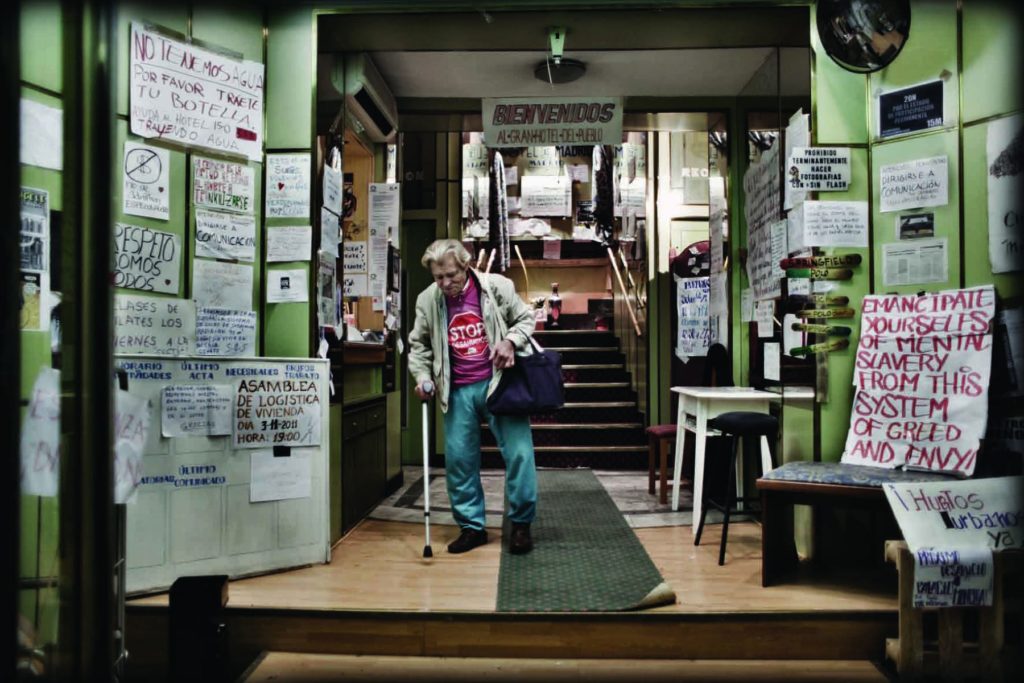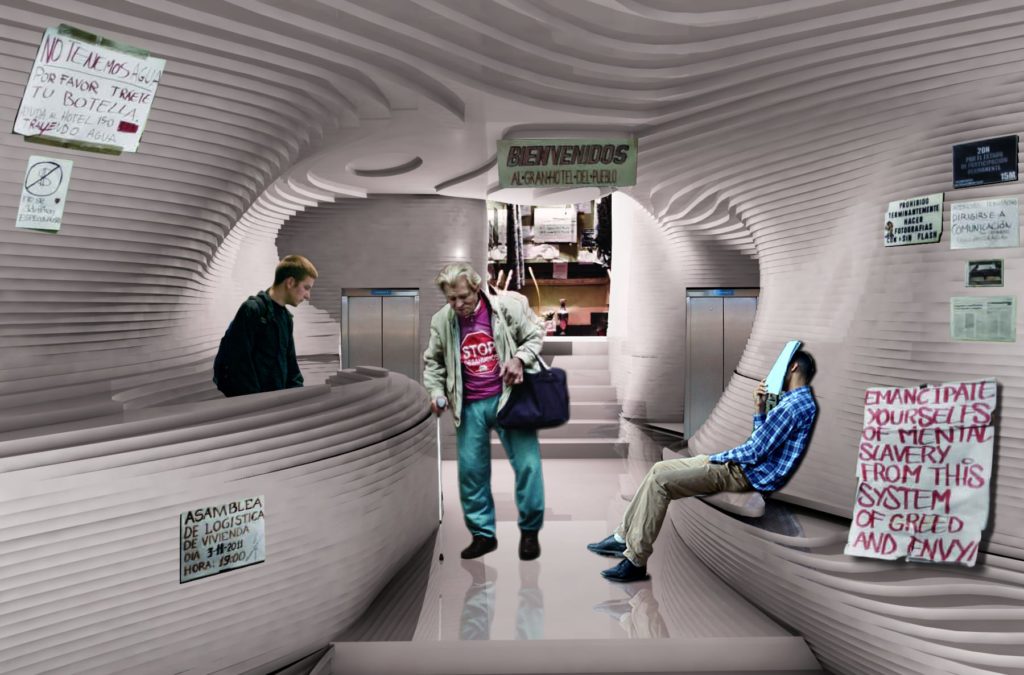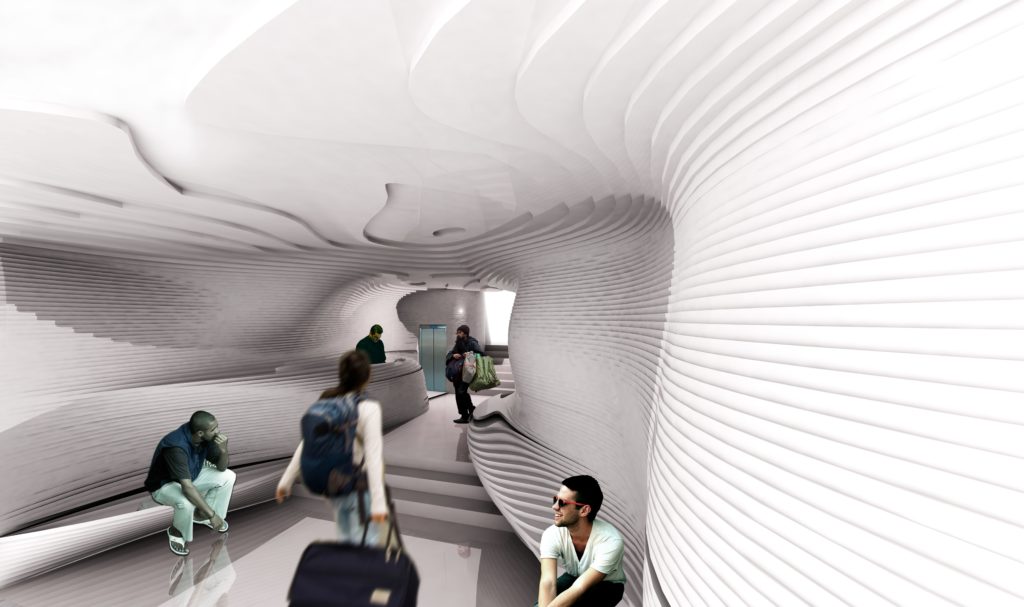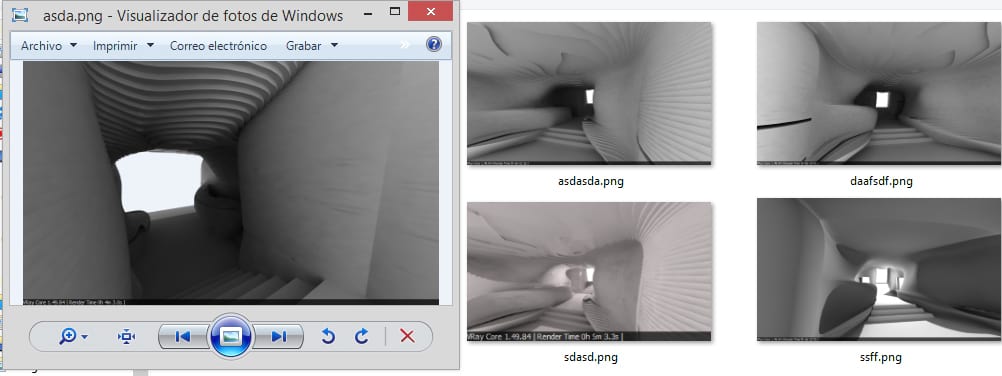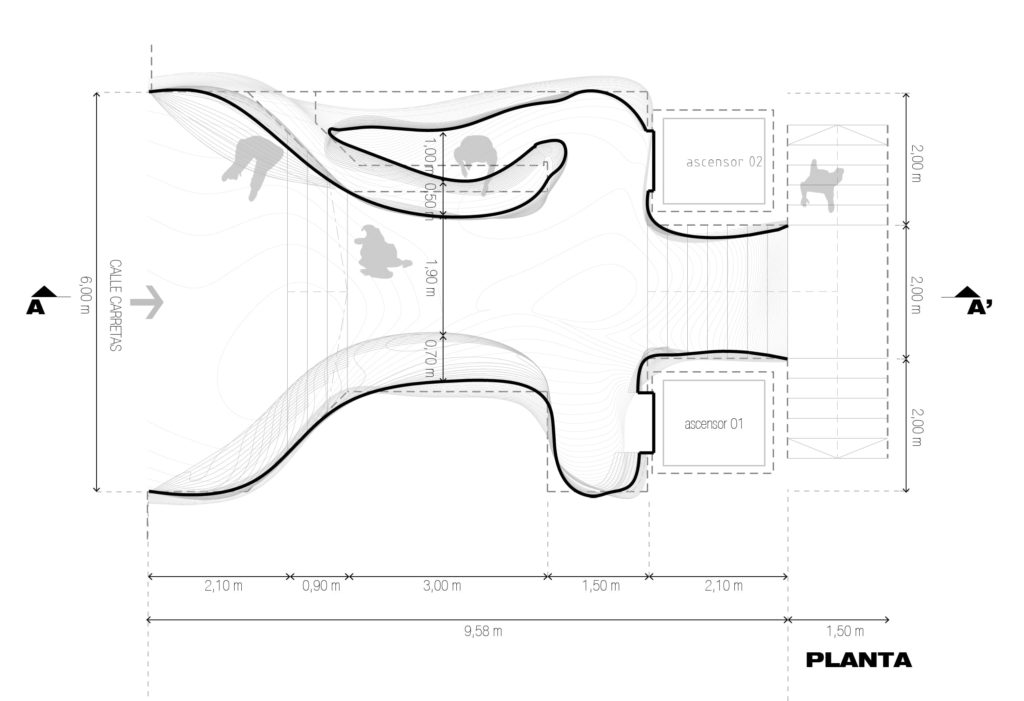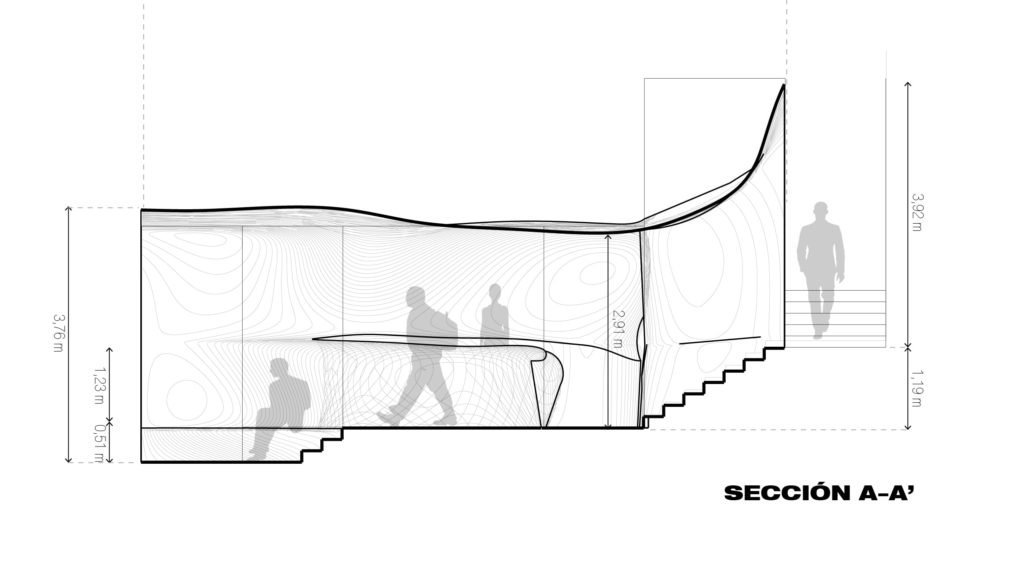Code: (12.c.COV)
Title: Slicefinism (Lonchafinismo)
/// Authors: JARD
/// Year: 2012
/// Prmtrs: Visual Error Automatic Liquid Static Immanence Days No Commons Affect Ad hoc
Design, or more properly, quality design should never be the exclusively preserved for the most privileged, powerful and richer social strata. Good design is a required quality to every element of people´s lives as long as it improves the user experience. Design cannot remain as the symbol of exclusivity and power, but it must respond to the need to serve people and, therefore, it should be related to everybody, regardless of price. The current industrial production tools allows to work on this context.
| SEE MORE | An old abandoned hotel in the center of Madrid, occupied as part of a social protest, serves to illustrate this situation. The perversity, to which innovative design has been subjected to, is such that it has become a trivial, secondary and superfluous matter; specially, spatial design. Even in certain situations, it is considered as an insult that must not be a priority because of pure economic reasoning. Perhaps, it is questionable to measure in monetary profitability the fact that users are more comfortable, that it increases the possibilities of use simply by a change in design, that it is easier to clean, safer or does not establish class differences. Our critic and, even, sarcastic proposal is “Slicefinism” or how to go through the linear design of a static society to the plastic reality of a liquid citizenship. Laminating, cutting and pasting a massive quantity of thin slices made of recycled materials. It is a geometry based on the process of layer sequence. The current production technology, based on three-dimensional models and automated cutting machines, allow to obtain all the pieces and optimize the plates without any effort. The material cost is always reduced to small and thin pieces that shape the geometries of all elements This method of forming elements represents a shift in the use of recycled materials and introduces new plastic properties in a flat element that has traditionally been used for simple appeased. One material with many finishing textures and colors and easy maintenance, distribution and assembly. Our spatiality is still orthogonal, even if we have enough tools and technology to vary it. | SEE LESS |
